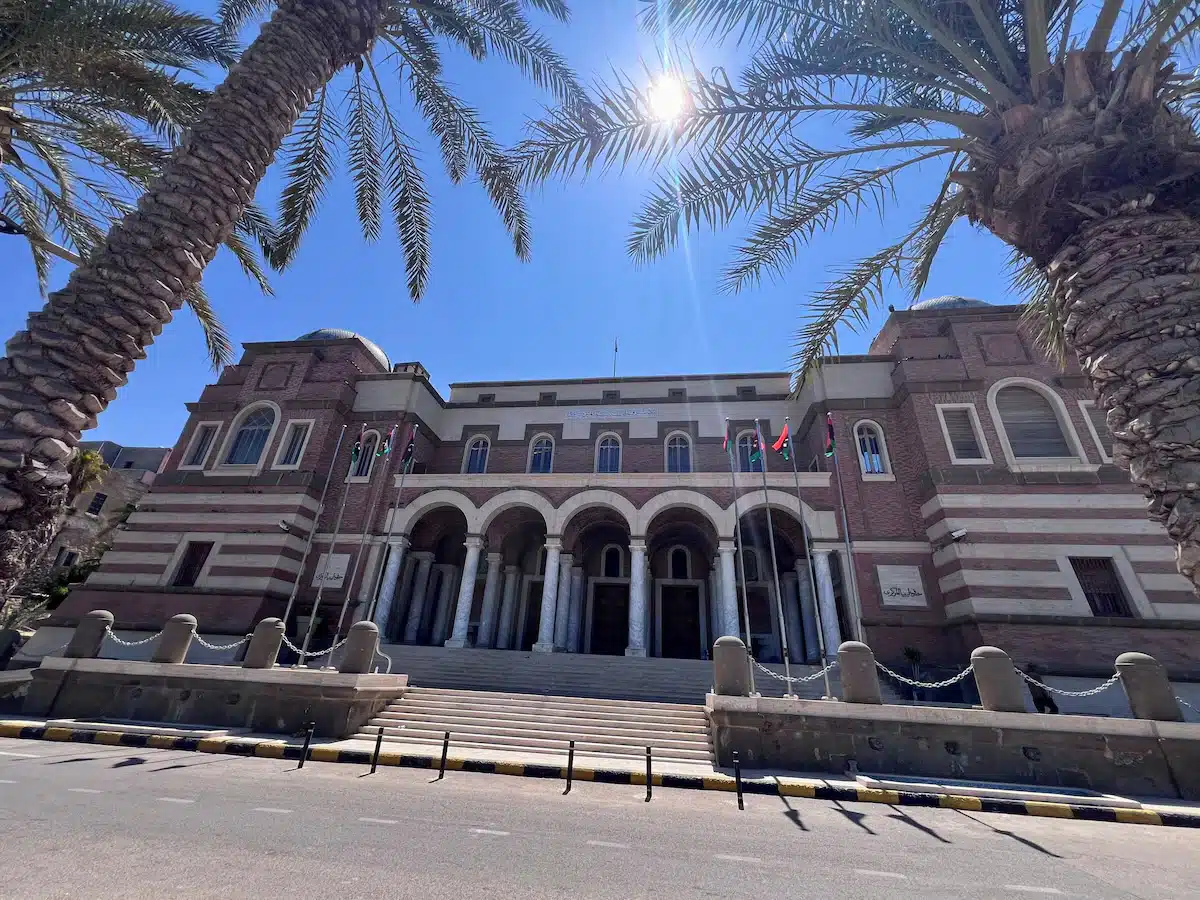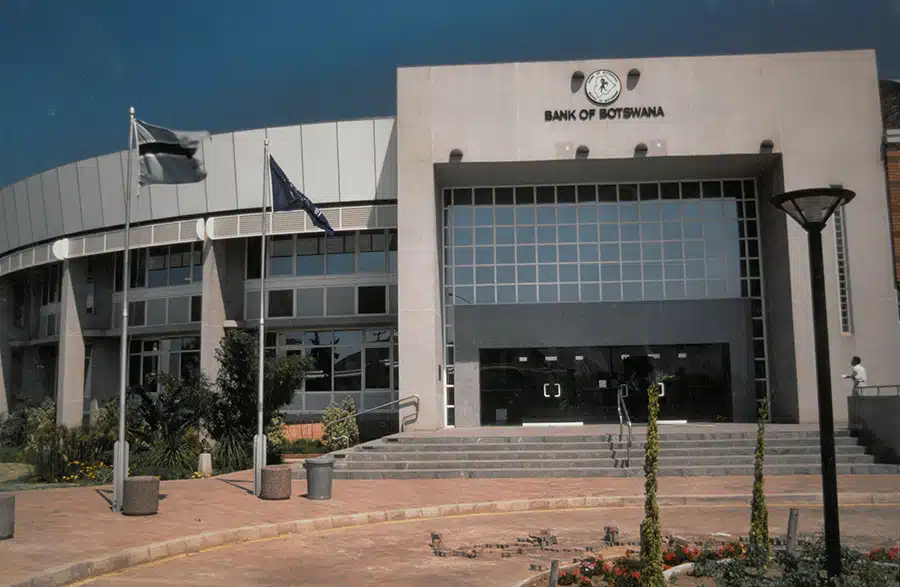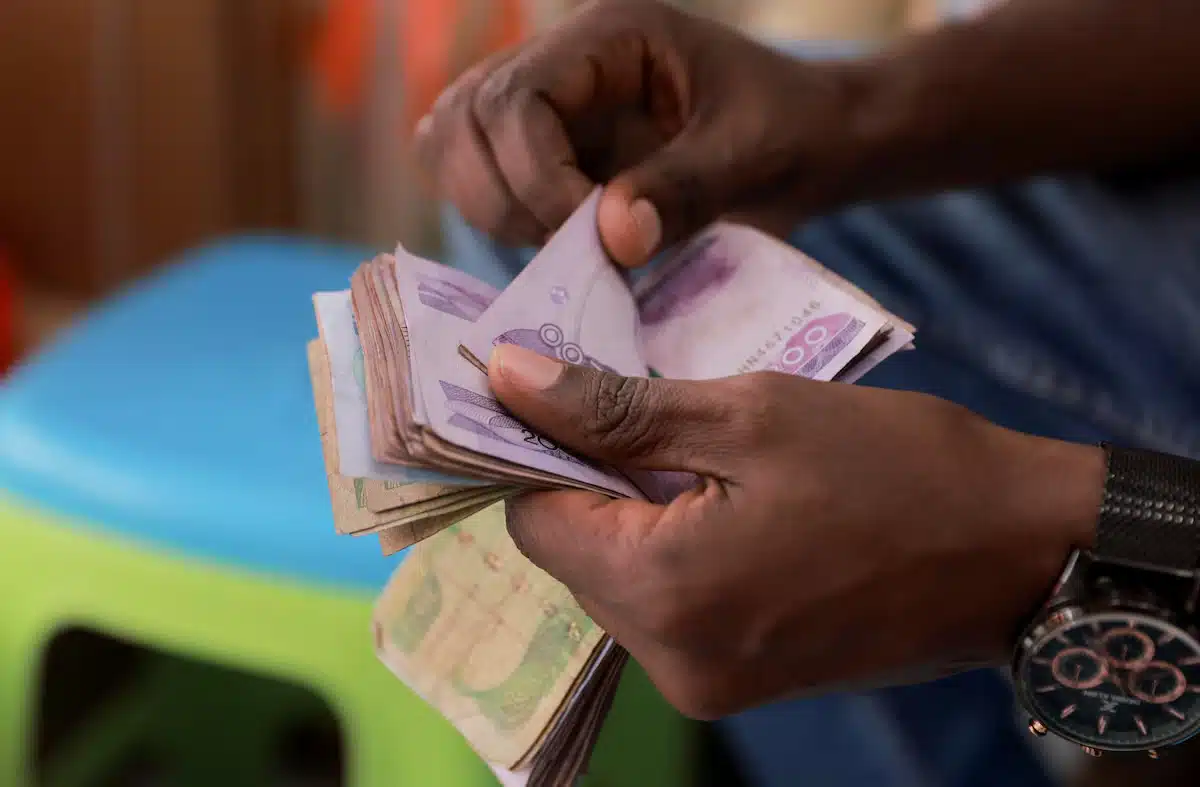Kenya’s public debt rose to a record $88 billion by the end of March 2025, driven by a sharp increase in domestic borrowing as the government turned to local lenders amid slowing external inflows.
New data from the National Treasury shows that domestic debt climbed by $6.9 billion over the past year to $47.4 billion, with commercial banks accounting for $17.8 billion—an 18.7% increase.
Over the same period, external debt grew by just $542.7 million to $40.5 million, highlighting the state’s increasing reliance on local markets to plug its widening budget deficit.
Local borrowing surges amid falling rates
The government’s domestic borrowing appetite has intensified amid falling yields on short-term securities.
The interest rate on the 91-day Treasury bill declined to 8.9% in March 2025, down from 16.7% a year earlier.
Yields on the 182-day and 364-day bills also fell to 9.1% and 10.5% respectively, attracting investors keen to lock in returns before further declines.
This environment enabled the Treasury to raise $4.8 billion in net domestic financing during the nine months to March, far above the $3.5 billion target.
Holdings by non-bank entities and non-residents also rose significantly, reaching $25.6 billion from $22 billion the previous year, as more institutions moved capital into government securities.
Currency gains help ease external debt burden
While local borrowing surged, the growth in external debt was tempered by a stronger shilling.
The currency appreciated from 161.35 to 129.23 between January and May, helping reduce the value of Kenya’s foreign-denominated debt.
The Central Bank of Kenya estimates that each unit gain in the shilling trims external obligations by $310 million.
This shift comes despite earlier commitments to rely more on concessional financing from institutions such as the World Bank and International Monetary Fund.
Instead, the government’s rising dependence on the domestic market is fuelling concerns about private sector crowding-out, as access to credit becomes tighter for businesses.
Kenya’s total debt now stands at 70% of its gross domestic product, raising questions about debt sustainability and the long-term impact on development and fiscal landscape.











